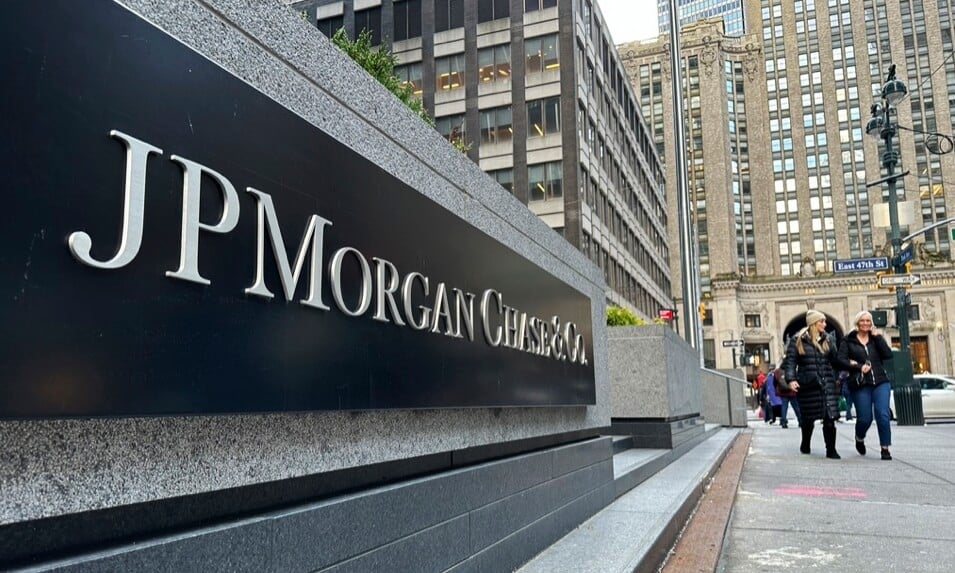“This is not about weakening regulation … but rather about setting rules that are transparent, fair and holistic in their approach and based on rigorous data analysis, so that banks can play their critical role in the economy and markets.”
Dimon, however, said that the state of the geopolitics “remains the most dangerous and complicated since World War II” and that JPMorgan is preparing for a wide range of outcomes.
JPMorgan announced this week that Dimon’s top deputy, Daniel Pinto, would step away from his position as president and chief operating officer at the end of June and retire at the end of 2026. Jennifer Piepszak, co-CEO of the bank’s commercial and investment bank division, will take over the COO role with Pinto’s guidance.
After Dimon said last spring that he expected to retire within five years, it was presumed that Pinto, who has worked for the bank for more than 40 years, would take over as the bank’s top executive.
A spokesman for the bank said Tuesday that Piepszak was not currently interested in the CEO role when Dimon exits, potentially opening the door for another of the bank’s executive leadership to fill the role when it eventually opens.
Wells Fargo also topped profit expectations Wednesday with a nearly 50% jump in net income, to $5.1 billion in the fourth quarter, or $1.43 per share. Revenue came in at $20.4 billion, a touch lower than expectations. In the same quarter a year ago, Wells earned $3.4 billion, or 86 cents per share, on $20.5 billion in revenue.
In September, Wells Fargo agreed to work with U.S. bank regulators to shore up its financial crimes risk management, including internal controls related to suspicious activity and money laundering. The agreement came just seven months after the Biden Administration lifted a consent order on the bank that had been in place since 2016 following a series of scandals, including the opening of fake customer accounts.
Wells rose 5.3% in early trading.


Leave a Reply